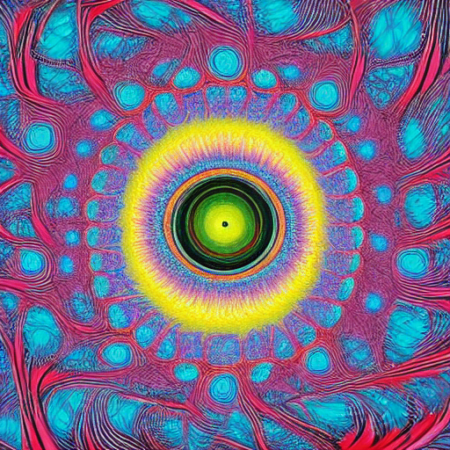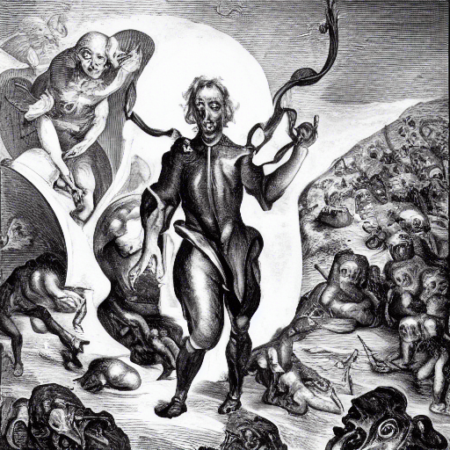Toronto’s Neon Ride group bike ride is great fun. It leaves weekly from Nathan Philips Square, beside city hall, at 7:30pm on Thursdays. Their Facebook page is the best place to look for photos and updates.
After getting hooked again on cycling during my Vancouver visit during the summer, I got a Bikeshare Toronto pass in September and did most of the Neon Rides until I got a job in December and was too busy.
This animation shows the 9 rides I have done with them, including whatever I tacked on before and after the formal ride from Nathan Philips to Nathan Philips:
The ride is much reminiscent of Critical Mass at its best. There is an able crew that leads, corks streets when the mass is crossing, and sweeps at the back for stragglers. All the lights and boomboxes make it energetic and fun. Quite notably – and compared with Critical Mass – the fun and colour of the Neon Ride virtually always produces a positive reaction from passers-by. It’s also a large enough group that you can ride in the middle while giving little thought to cars. Much recommended.
There is also a fine community within the event. As it is assembling and at the frequent pit stops, I have had great conversations and enjoyed the feeling of community and group spirit.


